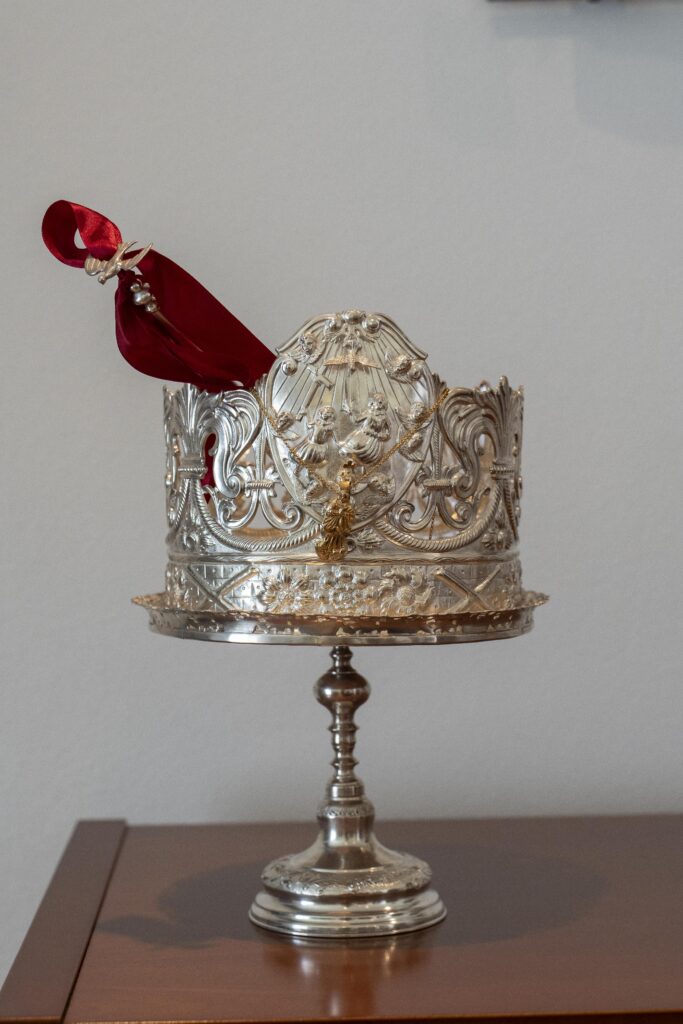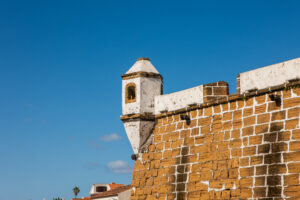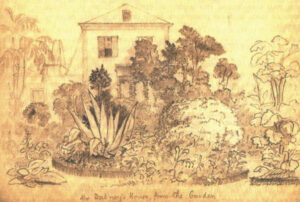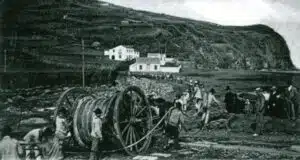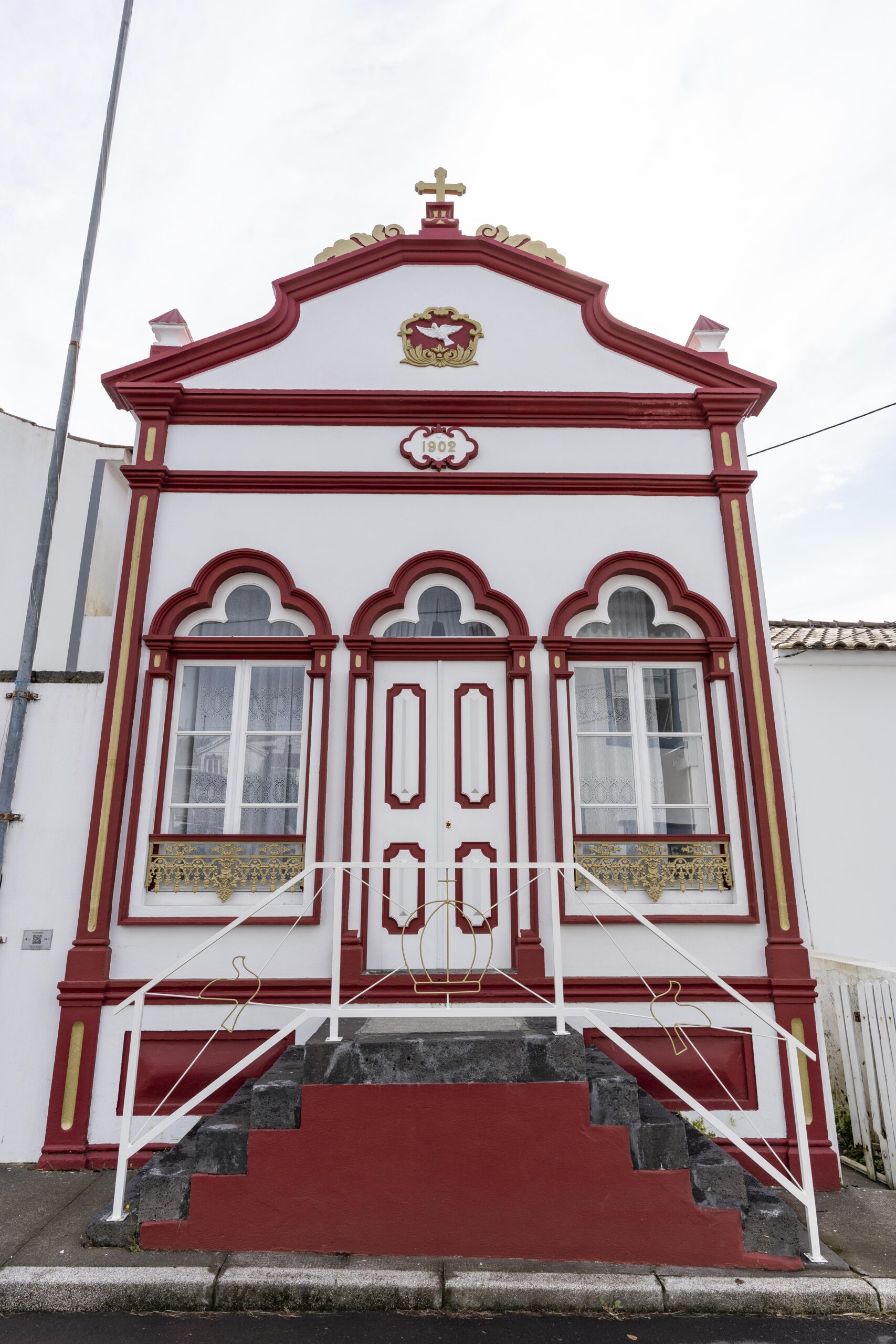
Under the Influence of the Holy Spirit
The development of the cult of the Holy Spirit is linked to Joaquim de Fiore, an Italian abbot, born in the 12th century, who believed in a new appearance of the Holy Spirit, which would give rise to the Age of the Spirit.
- Horta
- 3 days
- Recommended months to visit January - December
- Some locations are subject to opening hours.
- Low difficulty level
Historical context
Influenced by Spanish traditions in honor of the Divine Holy Spirit, Queen Saint Isabel, of Aragon, when coming to Portugal to marry King D. Dinis, established, in 1296 in the municipality of Alenquer, the Brotherhood of the Holy Spirit. At that time, the celebration was held in the royal chapel, which all the poor were invited to attend. The bishop placed the royal crown on the heads of these people, thus proceeding with the coronation in praise of the Holy Spirit.
Then, a royal banquet was held, the king and queen’s desire to serve the most disadvantaged, the so-called “Bodo of the poor” / “Bodo dos Pobres”. Later, in 1432, the settlement of the Azores began. Through the action of the Franciscan friars who were responsible for establishing the Catholic religion in the region and who brought with them the ideals of Fiore, the tradition of worshiping the Holy Spirit expanded and, even today, remains very much alive, even in communities of Azorean emigrants.
Traditions of worship of the Holy Spirit take place in the months of May and June, on the two Sundays known as the "Domingos de Bodo", more precisely, Pentecost Sunday and Trinity Sunday
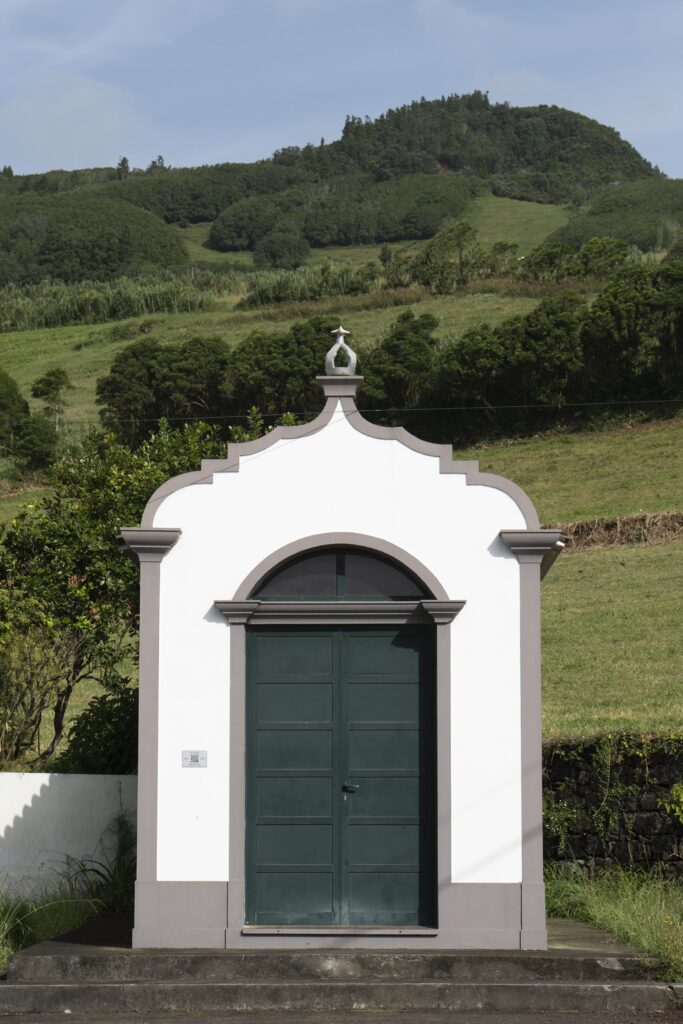
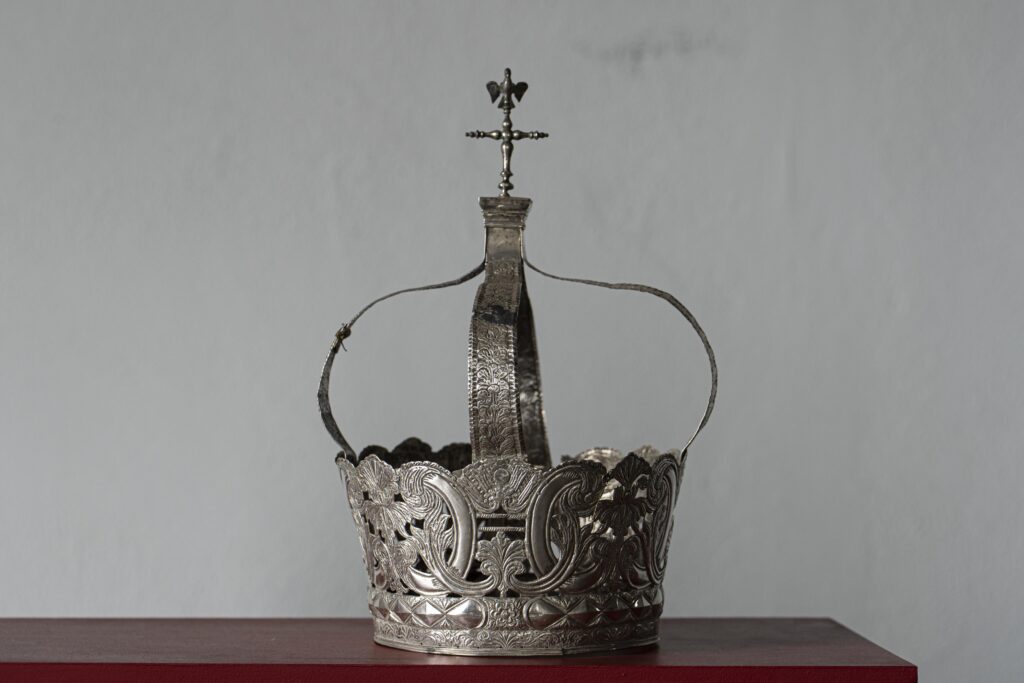
Coronation of the Holy Spirit
Although there are times when the Festival goes to the Church, such as the Coronation, the festivities of the Império take place, as a rule, outside the temples, based on the place where the crown is located, in the Império or buttler’s house.
On Sunday morning, the procession takes place, which leaves the house of the Emperor or the Império with all the insignia of worship (the crown, the scepter, the salver, rods and flags), to the Church, where the celebration takes place. When the celebration ends, a new procession begins to the place where the lunch takes place, or to the Império.
The Shape of the dough
Along with wheat bread, in many cases, a rare treat on islands where much of the cereal was used to pay rent and fees or shipped abroad, this typical sweet bread appears as something of greater refinement. In Faial, which seems to be a unique case, the breads are baked in the oven, as usual, but in rectangular pans. The abundance necessary for Bodos means that, out of season, it is natural to find several dozen empty pans piled up and stored, waiting for the new year and the new cycle of festivities and joy.
It is still possible to buy this bread in several places, namely in Praia do Norte
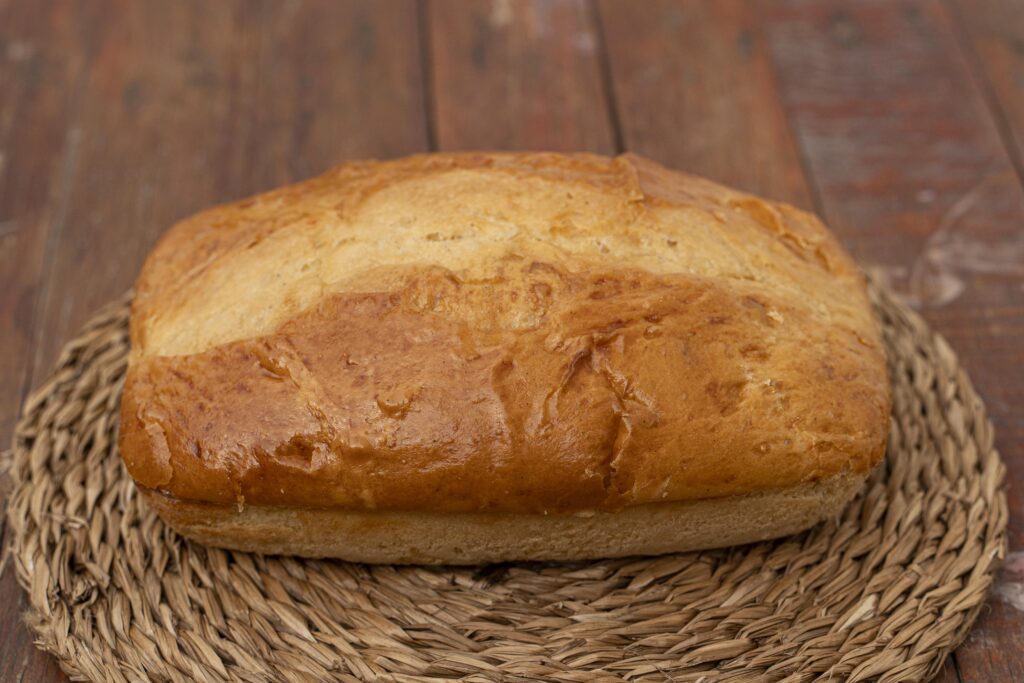
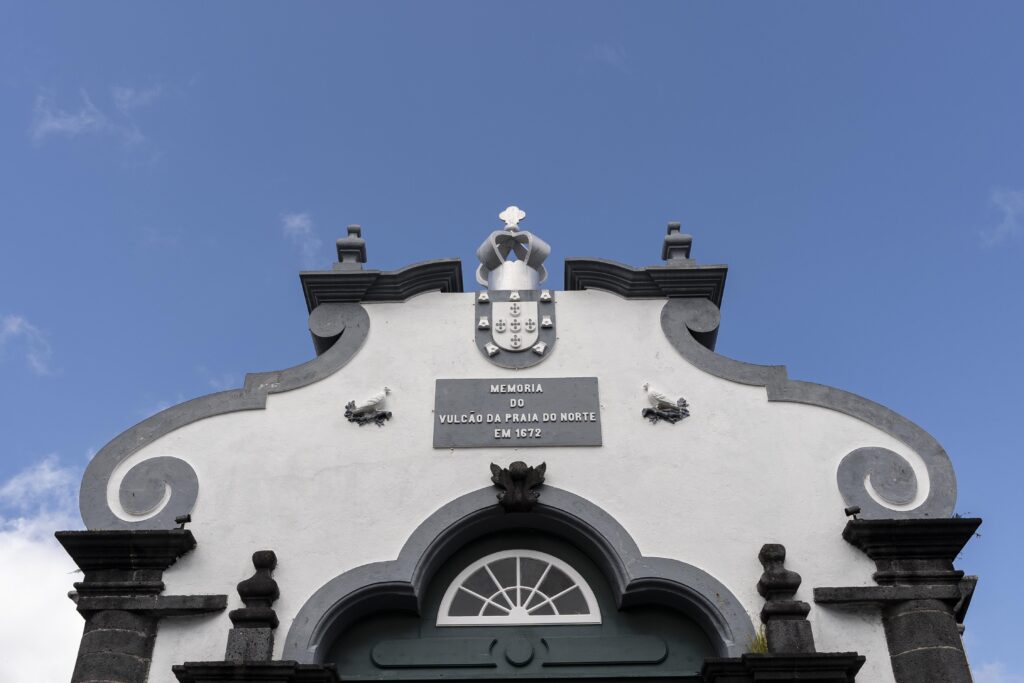
Império dos Nobres
The Império do Reconhecimento e Beneficência (Império of Recognition and Benevolence), commonly known as the Império dos Nobres (Império of Nobles), emerged following the eruption of 1672, which occurred near the parish of Praia do Norte.
The eruption was long and violent, and on the 18th of May of that year, the Municipal Council of Horta vowed that “On the day of the Holy Spirit, every year and as long as the world lasts, a solemn procession will take place, ordered by the officials of the Municipal Council, from the Main Church to the Church of Misericórdia”, the Municipal Council would also bear the expenses. Nearly 100 years later, in 1760, the building was erected in memory of this eruption and vow. The name derives from the nobles who held municipal positions. The name derives from the celebration’s expenses being initially borne by the nobles.
The Municipality paid the expenses of the procession and the nobles paid the expenses of the festival
The crown of Cedros
Many call it the “Royal Crown”, and, in fact, it differs from the other usual crowns with imperial arches, by closing at the top. The crown of Cedros, with its beautiful chisel work and being linked to a fascinating story, displays, in this characteristic of an open crown, the antiquity of the Celebrations of the Holy Spirit.
It is said that it was left behind by a Moorish king during a pirate assault on the island. Noticing the missing crown, the king returned in search of it, this time disguised as a common sailor. The insistent questioning instilled a sense of distrust, and a woman from Cedros, who had found it, hid it, putting it on her leg, as if putting a ring on a finger. Knowing its value and wanting to keep it, she left it on her leg for too long, and removing it was no longer possible. The leg swelled, and they had to cut the crown off and then weld it back together, which can still be seen. Used by the people as a crown of the Divine, a replica was recently made, with the old one remaining in the mordomo’s (the festivities’ caretaker) house each year.
